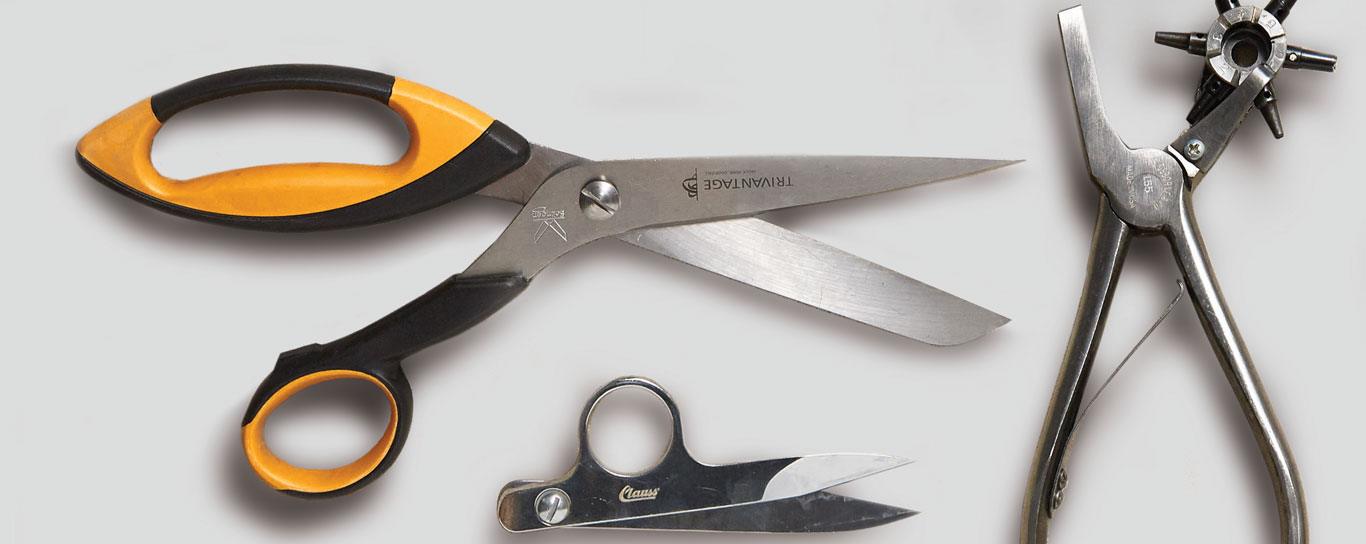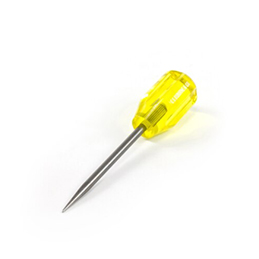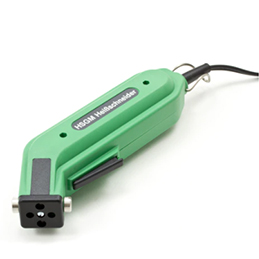Cleaning, Care, and Storage of Upholstery Tools and Fabrication Supplies
Most upholstery and fabrication tools come with specific cleaning, care, and storage guidelines. Follow these as closely as possible to extend the life of your tools. In general, however, upholstery supplies and tools should be stored out of the reach of children and in a dry, ideally climate-controlled environment. Because dirt and dust can affect some tools’ wear and performance, maintaining a clean and dust-free workshop environment is helpful. Sharpen blades and oil hinges as needed. For all other considerations, see manufacturers’ recommendations.
If you need a tool or upholstery supply you don’t see here, check our full site. Trivantage has the tools and supplies today’s fabricators and upholsters need, including tool kits like our Home Grommet Kit, and our
Quik-Fit™ Tool Kit that makes it easy to hold fabric in place without clamps — an especially useful kit in windy conditions. We're always adding new products regularly, to help ensure you're successful in all the jobs you do. Regular maintenance practices are essential to uphold the performance of various tools.
- Sharpen blades and oil hinges as needed. Keeping the cutting edges of your scissors, shears, and cutters sharp not only enhances their efficiency but also ensures cleaner cuts, reducing fabric fraying. Regularly lubricating hinges prevents them from becoming stiff or squeaky during operation, leading to smoother and more accurate work.
- For specialty tools like the electric hot knife, proper cleaning and maintenance are crucial. After each use, wipe off any melted fabric residue or adhesive buildup to prevent clogging. Ensure that the blade remains clean and sharp for precise cutting and sealing of synthetic fabrics. Regularly check the power cord and connections for any signs of wear or damage to maintain safety during operation.
Remember, the longevity of your tools largely depends on how well you care for them. A well-maintained tool not only performs better but also saves you money in the long run by avoiding premature replacements.













